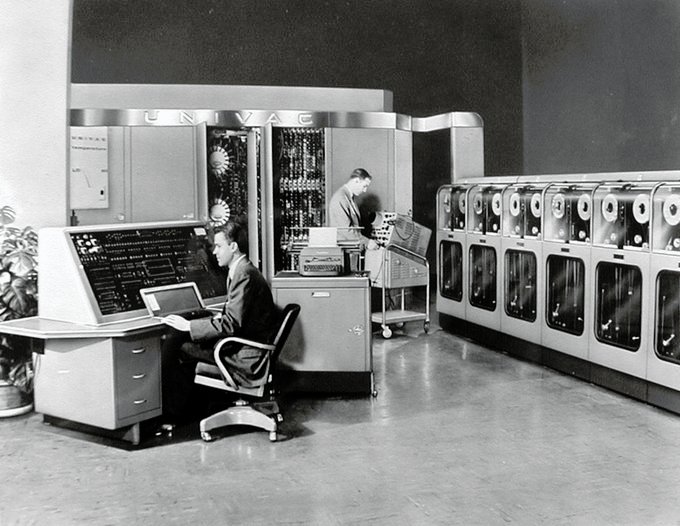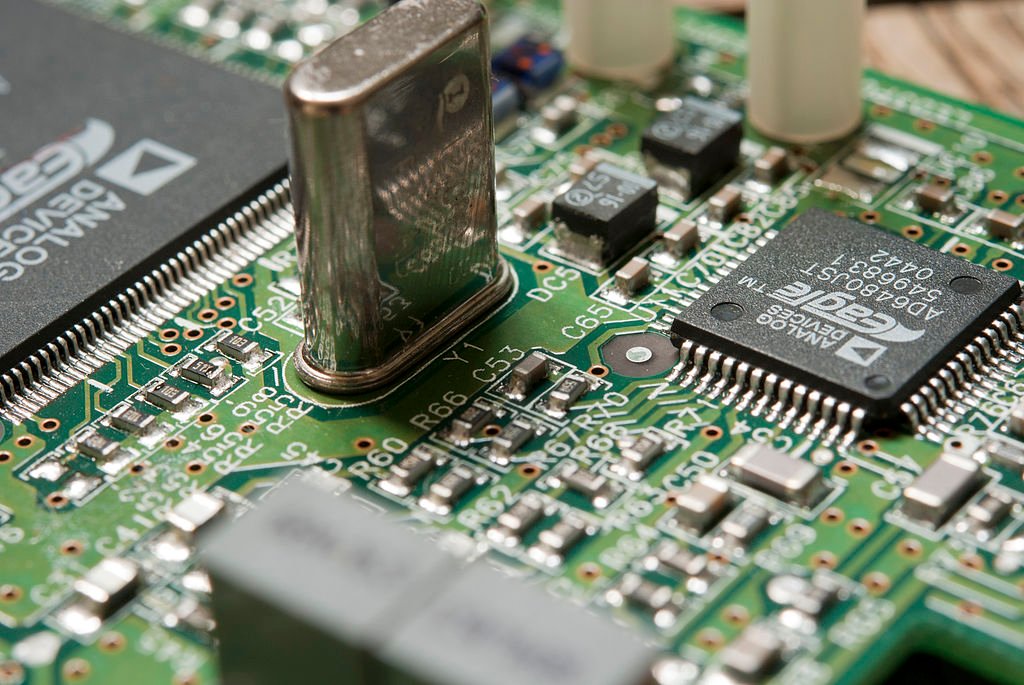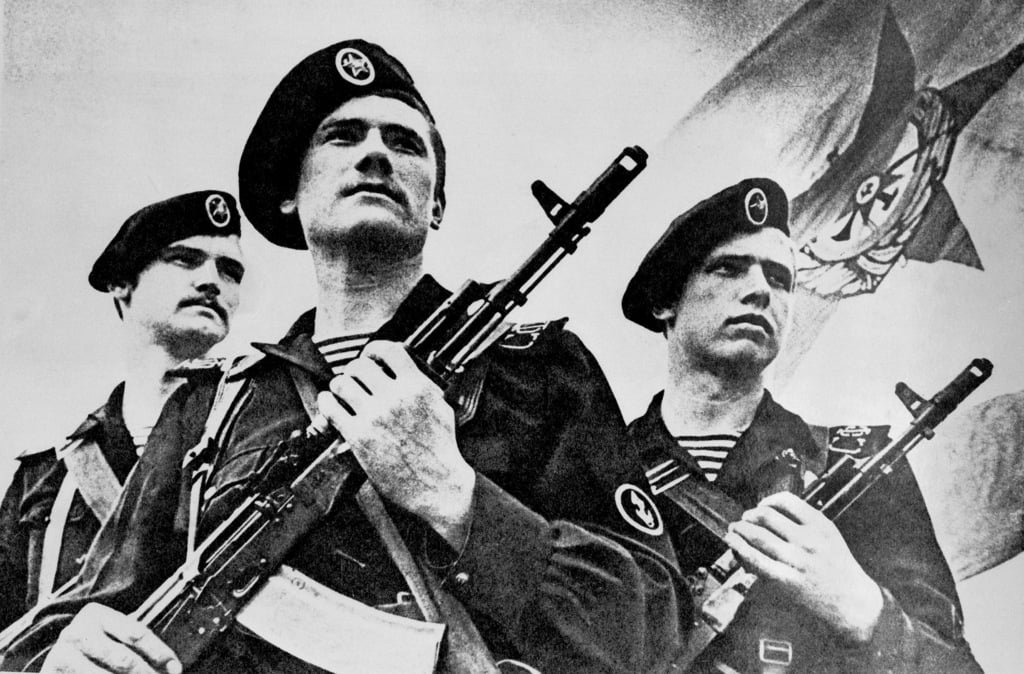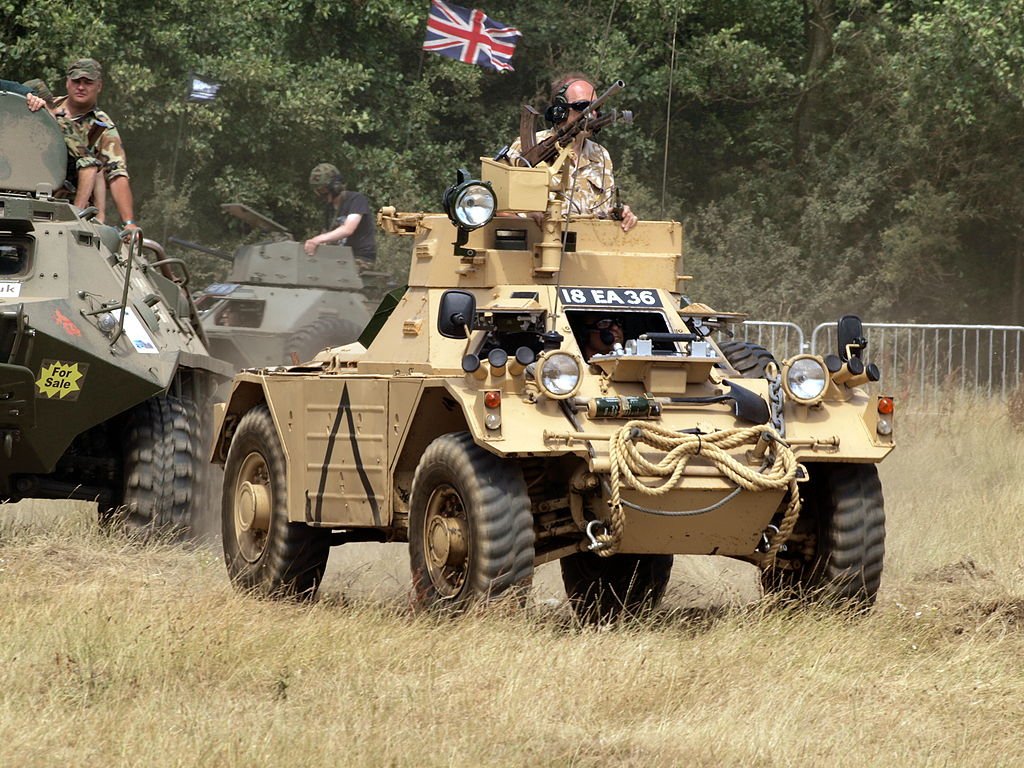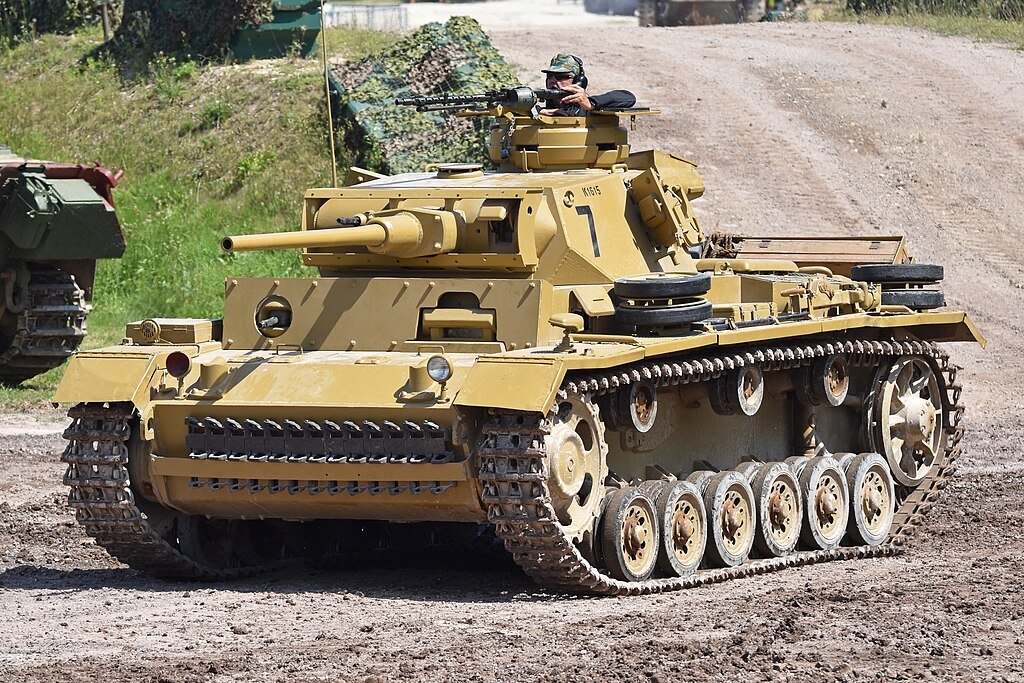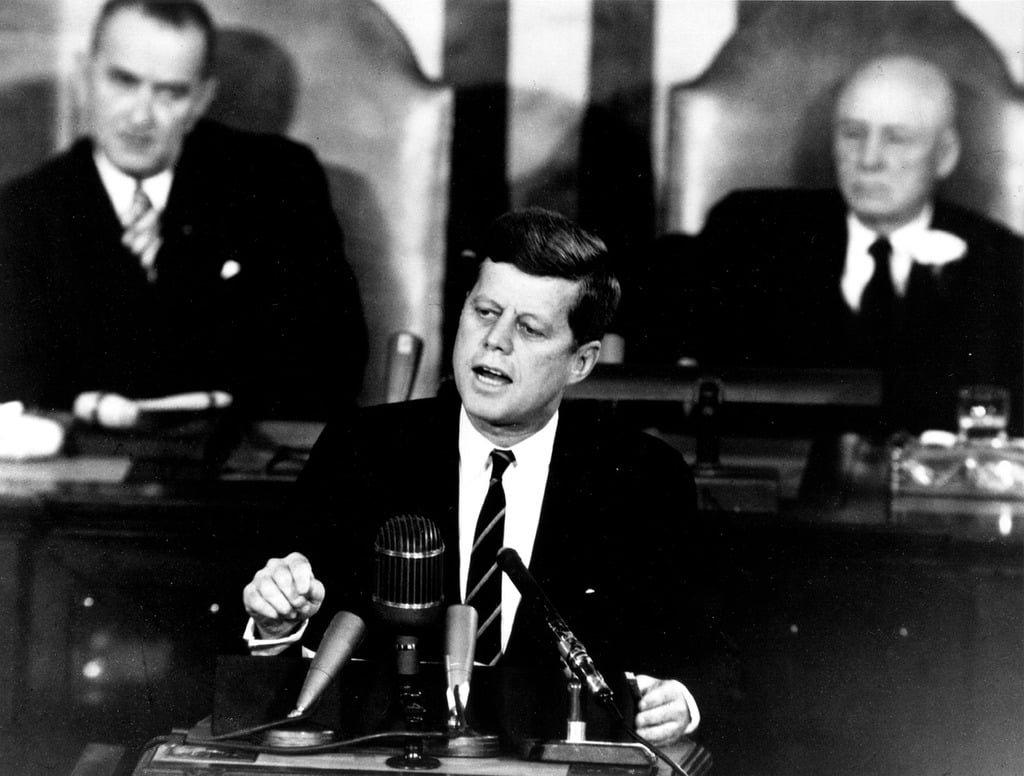The 19th century witnessed an unprecedented evolution in firearms technology, marking an era of significant advancements that reshaped warfare, hunting, and personal defense. Among the multitude of arms that emerged during this period, several stand out as iconic symbols of innovation and effectiveness. The designation of “best firearms” in the 19th century often brings to mind legendary names such as Colt Revolvers, which have become synonymous with the era’s weaponry prowess.
Samuel Colt’s ingenious design and development of Colt Revolvers revolutionized firearm manufacturing, setting a high standard for reliability and functionality. These revolvers, notably the Colt Single Action Army—often dubbed the “Peacemaker”—gained legendary status for their robustness and efficiency. As they found their way into the hands of soldiers, lawmen, and frontiersmen alike, Colt Revolvers became an emblem of the American West’s rugged individualism and frontier justice.
The historical guns from this epoch weren’t merely tools; they were transformative instruments that altered the course of conflicts and expedited territorial expansion. They encompassed a diverse array of weaponry, ranging from the Winchester Model 1873 lever-action rifle, praised for its rapid-fire capability and versatility, to the Spencer Repeating Rifle, a pioneer in the realm of repeating firearms adopted during the American Civil War. These firearms stood as testaments to innovation, shaping military strategies and influencing societal narratives.
Beyond the battlefields, firearms such as the Remington Rolling Block Rifle, the Enfield Rifles, and the Mauser Rifles achieved widespread recognition for their reliability, accuracy, and endurance. Each weapon carried its distinct legacy, contributing to the rich tapestry of 19th-century firearm innovation and application.
The significance of these historical guns extends beyond their technical superiority; they embody a chapter in human ingenuity, marking a period of rapid advancement and change. Their impact reverberates through history, leaving an indelible mark on the evolution of weaponry and the shaping of societies worldwide. In this exploration of the best firearms of the 19th century, we delve into the stories behind these legendary arms and their enduring legacy.
Table of Contents
What guns did they use in the 19th century?
In the 19th century, a wide array of firearms were used, reflecting the era’s technological advancements and military needs. The primary firearms during this period included various rifles, pistols, and early machine-like guns:

Muskets
Flintlock and later percussion cap muskets remained prevalent in the early 19th century. However, they gradually phased out as breech-loading and more advanced firearms became available.
Revolvers
Samuel Colt’s revolver designs gained popularity, such as the Colt Paterson and the Colt Single Action Army (Peacemaker), offering multiple shots before requiring reloading.
Lever-Action Rifles
Firearms like the Winchester Model 1873 were prized for their quick lever-action mechanisms, allowing rapid firing and reloading compared to single-shot weapons.
Single-Shot Rifles
Rifles like the Sharps Rifle, Remington Rolling Block, and Martini-Henry were widely used, featuring a single-shot mechanism but offering accuracy and reliability.
Bolt-Action Rifles
The Mauser Model 1871 and later iterations of Mauser rifles gained popularity, showcasing bolt-action mechanisms for improved accuracy and faster reloading.
Early Machine Guns
The Gatling Gun, an early rapid-fire weapon featuring multiple barrels and hand-cranking, and the Maxim Gun, an early automatic machine gun, were developed toward the latter part of the 19th century.
Shotguns
Break-action, single-shot shotguns, and double-barreled shotguns were commonly used for hunting, personal defense, and in some military applications.
Throughout the century, advancements in metallurgy, cartridge design, and manufacturing techniques led to significant improvements in firearms, paving the way for the modern guns we know today. These firearms played critical roles in military conflicts, colonization, hunting, and self-defense during the 1800s.
What was the British Whitworth sharpshooting rifle?
The British Whitworth sharpshooting rifle was a highly accurate and innovative firearm developed by Sir Joseph Whitworth in the mid-19th century. Known for its exceptional precision and long-range capabilities, the Whitworth rifle was specifically designed for sharpshooting and marksmanship.
One of the defining features of the Whitworth rifle was its pioneering hexagonal rifling within the barrel, a departure from the more common rifling methods of the time. This innovative design imparted a precise spin on the bullet, resulting in exceptional accuracy. The rifle’s bore had a hexagonal shape, allowing the bullet to engage with the rifling more uniformly, reducing gas leakage and ensuring excellent stability and accuracy upon firing.

The Whitworth rifle gained fame during the American Civil War, where Confederate snipers using Whitworth rifles achieved remarkable long-range shots, causing concern among Union forces due to the rifle’s accuracy. Some accounts credit the Whitworth rifle with accurately targeting and hitting specific Union officers during battles.
However, despite its exceptional accuracy, the Whitworth rifle had certain drawbacks, including complex manufacturing requirements and higher costs compared to other rifles of the era. Its production was limited, and the rifle never became a standard issue in any military force. Nonetheless, its technological advancements in rifling techniques left a lasting impact on firearm design and the pursuit of accuracy in long-range shooting.
The 7 Best Firearms of the 19th Century
The 19th century was a period of significant innovation and development in firearms technology. Several firearms emerged during this time that made a considerable impact on military tactics, hunting, and personal defense. Some of the notable firearms from the 19th century include:
Colt Revolvers
Samuel Colt’s revolvers, particularly the Colt Single Action Army, commonly referred to as the “Peacemaker,” emerged as iconic symbols of the American West during the late 19th century. Renowned for their reliability, power, and innovation, Colt’s revolvers played a pivotal role in shaping the frontier era.
The Colt Single Action Army, introduced in 1873, was celebrated for its groundbreaking design and dependable performance. It featured a single-action mechanism, allowing the hammer to be manually cocked for each shot, while the loading and ejection of spent cartridges were done by opening a loading gate and an ejector rod. This design was not only efficient but also contributed to its nickname as the “Peacemaker.”

Its introduction coincided with the expansion of the American frontier, and it quickly became a preferred sidearm among lawmen, outlaws, cowboys, and settlers due to its ruggedness, power, and ease of use. The revolver was available in various calibers and barrel lengths, catering to different preferences and needs.
The Colt Single Action Army’s impact extended beyond its functionality. It became an enduring symbol of the Wild West, immortalized in literature, movies, and popular culture. Its association with legendary figures like Wyatt Earp and Buffalo Bill Cody further cemented its place in American history and The mythology of the Old West ensures its legacy as an iconic firearm of the era.
Winchester Model 1873
The Winchester Model 1873 lever-action rifle, often referred to as the “Gun that Won the West,” held a significant place in American history due to its widespread popularity, reliability, and impact on the frontier. Manufactured by the Winchester Repeating Arms Company, this firearm became an iconic symbol of the Wild West era.
Its lever-action mechanism allowed for rapid firing, making it a formidable weapon during a time when repeating rifles were a novelty. The Model 1873 was available in various calibers, including .44-40 Winchester, .38-40, and .32-20, providing versatility and convenience for users.

Its reliability, ease of use, and relatively quick reload times made it a preferred choice not only for settlers and law enforcement officers but also for outlaws and cowboys. Its introduction marked a significant advancement in firearms technology, offering increased firepower compared to single-shot rifles.
The rifle’s compact size, accuracy, and ability to quickly fire multiple rounds made it ideal for hunting, self-defense, and combat. Its widespread adoption and association with the American frontier cemented its legacy as an integral part of the nation’s history, earning it the enduring title of the “Gun that Won the West.”
Spencer Repeating Rifle
The Spencer rifle, a groundbreaking firearm introduced during the American Civil War, revolutionized infantry weaponry with its innovative design and rapid-fire capabilities. Developed by Christopher Spencer, this lever-action repeating rifle was a significant departure from the single-shot muzzleloaders commonly used during that era.
What set the Spencer rifle apart was its ability to hold seven metallic cartridges in a tubular magazine located in the rifle’s buttstock. This magazine-fed system allowed soldiers to fire multiple rounds before needing to reload, giving them a considerable advantage over adversaries armed with slower and more cumbersome muzzle-loading rifles. The lever-action mechanism enabled quick cycling of the weapon, allowing for a faster rate of fire compared to traditional rifles.

Adopted by the Union Army, the Spencer rifle offered soldiers an unprecedented firepower advantage on the battlefield. Its effectiveness was evident in engagements like the Battle of Gettysburg, where Union cavalry armed with Spencer rifles inflicted significant damage on Confederate forces.
Although it had limitations, such as the relatively weak .56-56 Spencer cartridge and occasional supply issues, the Spencer rifle showcased the potential of repeater technology in warfare. Its success paved the way for the development and adoption of more advanced repeating rifles, ultimately influencing the future of firearms design and battlefield tactics.
Remington Rolling Block Rifle
The description refers to the Remington Rolling Block Rifle, a firearm that gained widespread popularity and global usage during the latter half of the 19th century. Renowned for its robustness, straightforward construction, and dependability, the Rolling Block rifle found favor among military units, colonial forces, and hunters worldwide.
What set the Rolling Block apart was its ingeniously simple design. Its action mechanism, the rolling block, involved a breechblock moving on a single pivot point, creating a sturdy lock-up and minimizing gas leakage during firing. This design not only facilitated a strong and secure seal but also simplified production and maintenance.

Its versatility was evident as various countries adopted the Rolling Block in different configurations and calibers, catering to specific needs and preferences. Military units in nations such as the United States, Spain, Sweden, Norway, and others utilized Rolling Block rifles or carbines. The rifle’s adaptability to different cartridges and its reliability in adverse conditions made it a trusted companion in various conflicts and hunting pursuits.
The Remington Rolling Block’s enduring legacy lies in its robustness, reliability, and ease of use, making it a quintessential firearm of the late 19th and early 20th century left an indelible mark on the era’s military and hunting landscapes.
Enfield Rifles
The British Enfield rifles, notably the Pattern 1853 Enfield, held a pivotal role in 19th-century warfare, renowned for their accuracy, reliability, and widespread use across the British Empire. Adopted by British and Commonwealth forces, the Enfield rifles became synonymous with military effectiveness and technological advancement during the era.
The Pattern 1853 Enfield musket was a muzzle-loading rifle with rifled barrels, distinguishing it from its predecessors. Its innovative rifling imparted a spin to the bullet, enhancing accuracy and range compared to smoothbore muskets. The Enfield’s design incorporated a unique “Minie” ball, which improved the ease of loading and contributed to greater accuracy and muzzle velocity.

During conflicts like the Crimean War and the Indian Rebellion of 1857, Enfield rifles showcased their effectiveness, allowing infantry to engage targets at longer distances with increased precision. The Enfield’s reliability in adverse conditions, ease of maintenance, and robust construction contributed significantly to its popularity among soldiers.
Moreover, its versatility led to adaptations over time, such as the introduction of the breech-loading Snider-Enfield rifles in the late 1860s, further extending the Enfield’s lifespan and relevance in military use.
The success and widespread adoption of the Enfield rifles solidified their legacy as a symbol of British military might and innovation, influencing subsequent firearms design and setting standards for accuracy and reliability in 19th-century weaponry.
Mauser Rifles
The Mauser family of rifles, starting with the Model 1871 and culminating in the renowned Mauser Model 1898, significantly impacted firearm design and became an archetype for modern rifles. These bolt-action rifles, developed by the Mauser brothers, Paul and Wilhelm, set a remarkable standard for accuracy, reliability, and innovation that influenced firearm development well into the 20th century.
The Mauser rifles were characterized by their robust bolt-action mechanism, which provided exceptional accuracy and reliability. They featured a strong, smooth bolt cycle that locked securely when firing, enhancing precision and minimizing recoil. The introduction of an internal box magazine for holding cartridges in the Model 1898 also revolutionized firearm design, allowing for faster reloading compared to earlier external magazine designs.

The incorporation of a powerful and versatile 7x57mm cartridge in the Model 1893 Mauser rifle further enhanced its effectiveness, becoming renowned for its ballistics, range, and stopping power.
The Mauser rifles’ success was not only due to their technical advancements but also their adoption by various military forces worldwide. Several nations, including Germany, Spain, and others, adopted Mauser rifles as their standard-issue military arms. The Mauser 98, in particular, became synonymous with military rifles, influencing subsequent designs, such as the iconic Springfield 1903 and the British Lee-Enfield.
The Mauser legacy lies in its innovation, setting a benchmark for bolt-action rifles through its accuracy, strength, and magazine-fed ammunition system, which shaped the foundation of modern firearm design principles.
Gatling Gun
The Gatling Gun, patented by Richard Gatling in the 1860s, indeed marked a pivotal step in the evolution of firearms technology, serving as a precursor to the modern machine gun. This innovative weapon incorporated several barrels arranged in a circular cluster, typically around a central axis. What set the Gatling Gun apart was its hand-cranked mechanism, enabling it to achieve a rapid rate of fire, a groundbreaking feature for its era.

Each barrel of the Gatling Gun could fire in succession as the operator manually turned a hand crank. This rotation mechanism facilitated sustained fire, significantly increasing the weapon’s rate of shooting compared to contemporary firearms. Its design helped mitigate overheating issues, allowing for more extended periods of continuous fire without the need for frequent pauses to cool down.
While the Gatling Gun did not operate using an automatic firing system (requiring manual operation via the crank), its concept laid the foundation for future fully automatic firearms. Its mechanical innovation and ability to deliver a high volume of fire established a precedent for later machine gun designs, inspiring inventors to explore automatic firing mechanisms and advancements that eventually led to the development of actual machine guns.
The firearms of the 19th century were revolutionary, reshaping warfare, hunting, and personal defense due to their innovative designs and reliability. Their impact on military tactics was profound, altering strategies and battlefield dynamics. Compared to earlier weapons, these firearms provided increased accuracy, faster rates of fire, and improved reliability, transforming the nature of combat.
Moreover, their influence extended beyond the military realm, profoundly impacting civilian use. They enabled settlers to defend themselves on the frontier, facilitated hunting for sustenance, and became symbols of exploration and conquest.
Furthermore, these firearms laid the groundwork for significant advancements in the 20th century. Innovations in repeating mechanisms, rifling, and manufacturing techniques seen in these 19th-century firearms served as the basis for further developments in automatic firearms, improved ballistics, and firearm production methods, setting the stage for the rapid evolution of firearms technology in the subsequent century.

